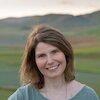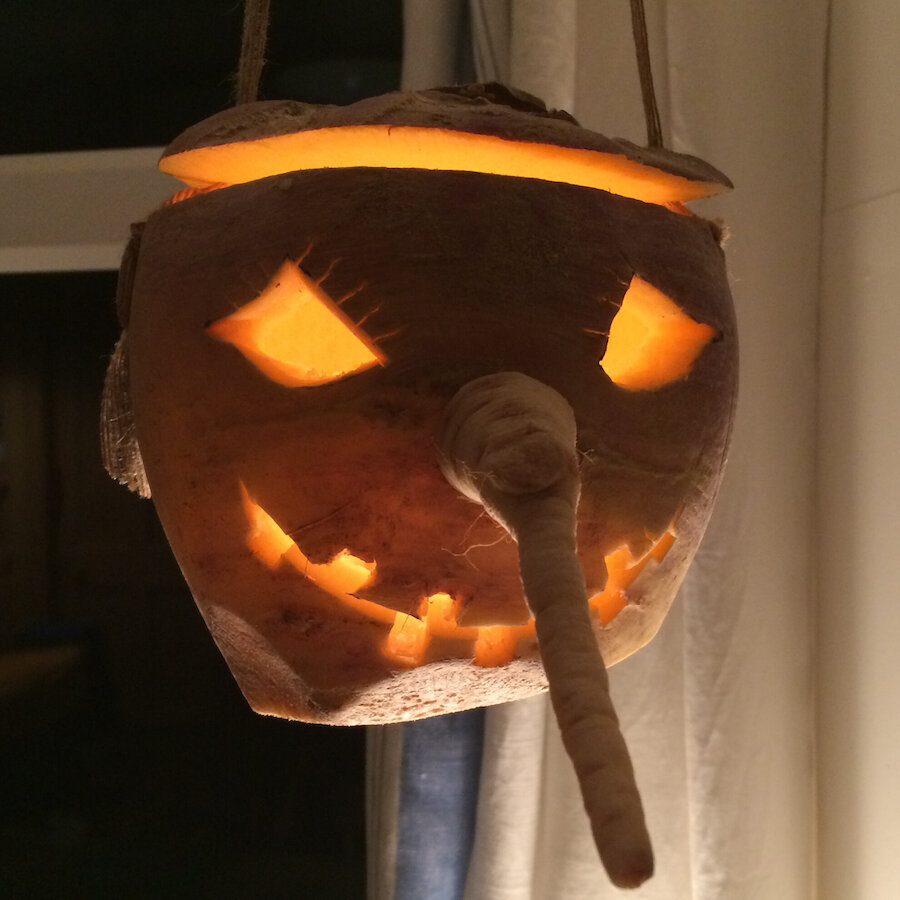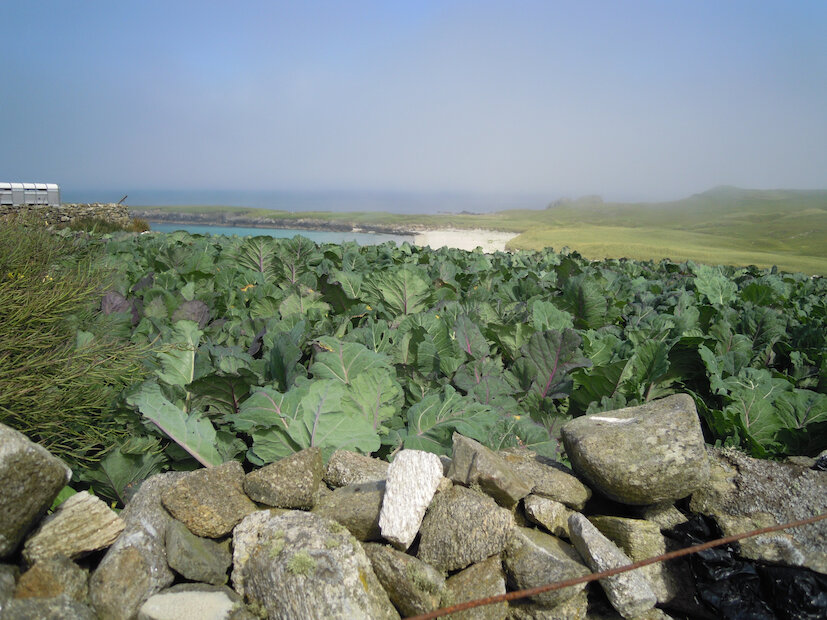According to both Celtic and Nordic tradition, the year is divided in two terms, that of the light and that of the darkness. In the Celtic world, Beltain, the beginning of summer, was welcomed with bonfires and revelry at dawn – a celebration of nature’s rebirth and all that keeps us connected to light and life. While Samhain, celebrated on the 31st of October, marked the beginning of winter with bonfires and revelry at sundown symbolising the coming of the darkness, and the death of the life and energy of the summer months. It was also the Celtic New Year, a logical point in the calendar to ponder nature’s great cycle of life, death and rebirth.
The night of Samhain was the time when the barrier between life and death was thought to be at its weakest. The dead were believed to walk the earth again. Benign spirits would visit their relatives and share Dumb Suppers, common across Scotland, where ancestors would be invited in, through open windows, to dine with the family and hear their news.
Evil spirits would set forth to wreak as much havoc on the living as possible. All over the world, this festival exists in myriad forms and lanterns of various kinds are still set to ward off evil, and precious sweetmeats proffered as a token sacrifice in exchange for peace or protection. Our traditions vary but the raucous revelry and dark humour born of our mortal fear and uncertain hope that the soul lives on are universal.




